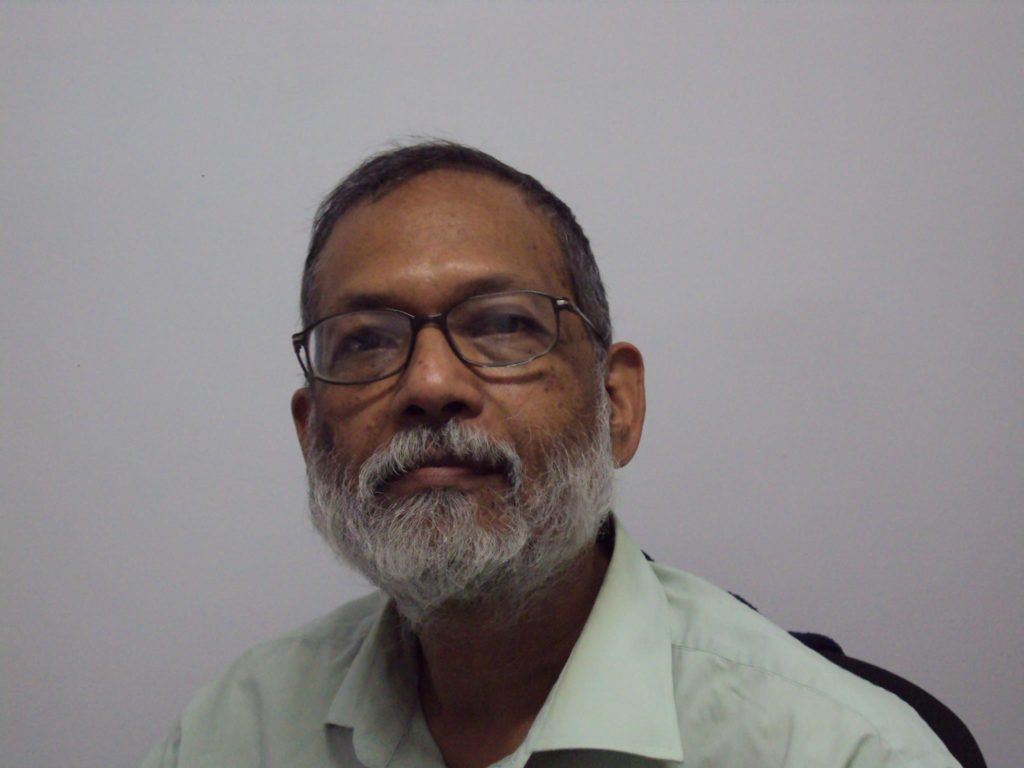
Hefazat’s hartal call had caused anxiety among many as an angry hartal hadn’t been seen for long and people feared mayhem. A group that torched government property, attacked the police and died while doing so were not to be taken lightly. However, the hartal is not seen in observance. The reasons are simple. Hartal is a very urban phenomenon and Hefazat is a very rural party. Rural areas are never shut down so other than as a reflection of anger and clout, the hartal will not have much impact. But the significance is in the symbol.
Two groups are now in confrontation- the organized urban political ruling class that is represented by the Awami League government and the less organized and more clustered rural middle class led by the professional clergy groups. Once allies, the relationship between the rural and urban is changing. The Hefazat as representatives of the new politics first came in 2013 but that migration has swiftened . The cities are seeing a group more robust than any other “national” political group. And the ruling power can’t ignore them as a group with political and socio-economic aspirations.
The Islamists have several trends but Hefazat and the IOJ activists are madrassa centred which produces an endless number of boys ready to die as the recent events at Hat hazari and Brahmanbaria shows. These are people taking to the streets with a sense of mission unlike the Chatra League boys who do so under official protection. The Islamists also don’t interfere with civilian commercial life but many Chatra league boys do. In the public eye, image building of politics is based on experience so the ruling party will have to consider how they are perceived at the grassroots.
Incumbent/ruling parties always have a disadvantage which is drawing those elements who gain more by joining it than bringing to it. Like all ruling parties the current party is no different. The result is a structure that has far too many people who are not committed to it in principle.
BNP is a good example which shows the limits of solely elite power based politics. AL is far more grounded and the only one that can be called a mainstream with a history of almost a century rooted in Bengal Muslim League. But it’s facing new challenges as its political flag is weaker than its other ones, administrative and official .
One reason for the crisis that is becoming increasingly confrontational is the lack of a significant middle class who always act as the mediating class which the current political parties have ignored in both economics and society. The ruling party’s alliance with the Hefazat is under strain but there is no alternative as an ally given their clout in the growing rural society. Their own rural political structure has not delivered much as they are busier with infighting. It makes confrontation within the AL-Hefazat more likely as the islamists are more aggressive than they have ever been. Denial won’t make it go away and it’s time to consider a more equitable development policy and economic structure that always acts as a stabilizing social platform.
